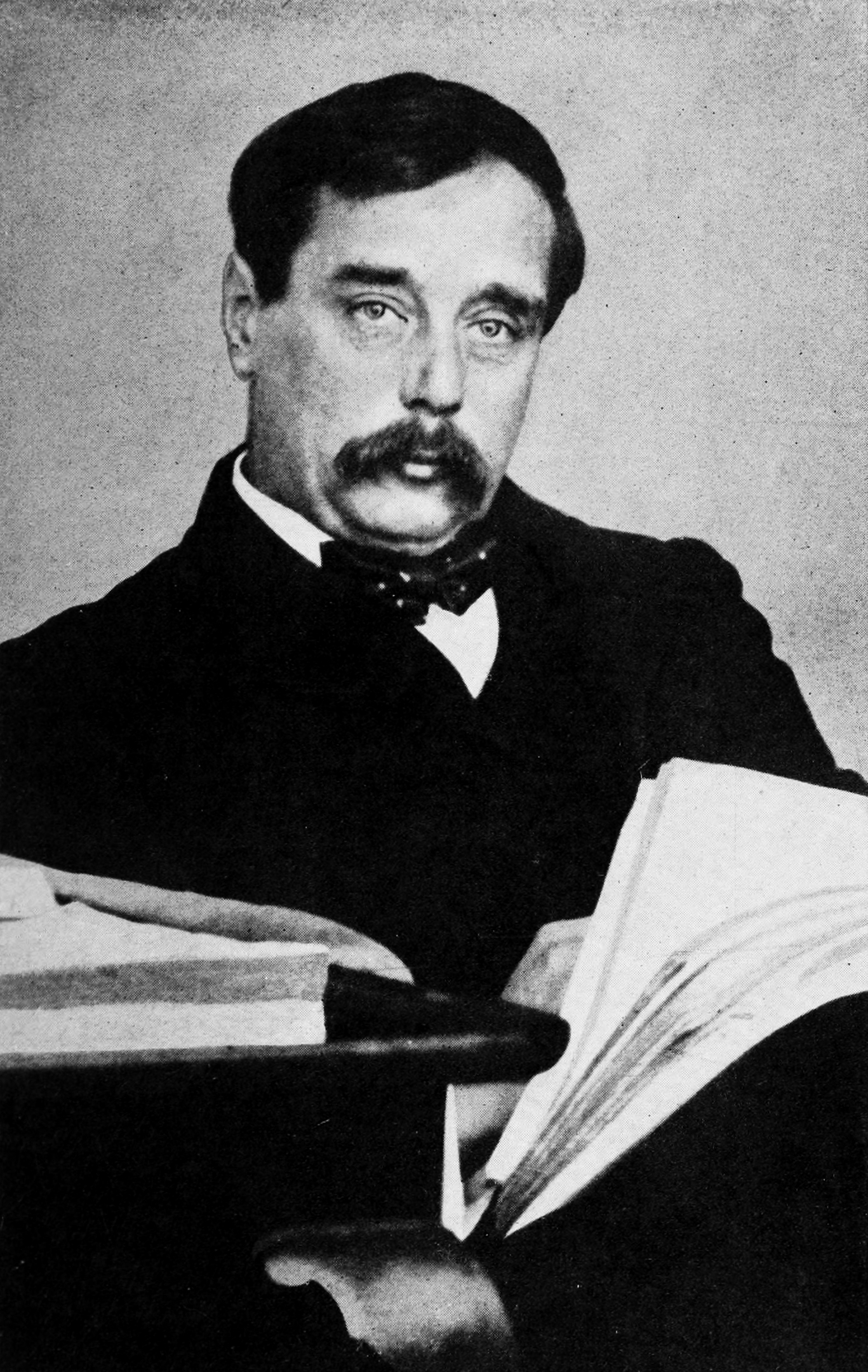“The Shopman” is an essay by the English author H. G. Wells (1866–1946) first published in The Pall Mall GazetteEvening newspaper launched in London in 1865, which introduced investigative journalism into British journalism, along with other innovations. on 23 November 1894 and subsequently in Certain Personal MattersCollection of 39 mainly humorous essays and articles by H. G. Wells, first published in 1897. (1897).[1] Told as a first-person narrative, it concerns the author’s vexation with a certain type of shop assistant.
Synopsis
The narrator begins by explaining that if he were sufficiently wealthy he would hire a private secretary, so that he would never again have to go into a shop, or in extremis try to persuade his wife Euphemia to do his shopping. But today he finds himself forced to visit a draper’s shop to buy a pair of gloves.
Hating as he does incomplete sentences, his hackles are immediately raised when he is met by an assistant asking “What can I have the pleasure?” The narrator’s reply “gloves” is met by a second question: “Calf – kid – dogskin?”; and then a third: “About what price, sir?”
Having no idea of the price of gloves, the narrator ventures to say “elevenpence-halfpenny”, but it is clear that he has underestimated the market price when the assistant tells him rather snootily that the shop does not stock them. In frustration the narrator tells the assistant just to get him some gloves, but is uncertain about his size when further interrogated. The narrator having in desperation hapzardly selected a pair of gloves, the shop assistant then goes on to try and entice him into add-on purchases: collars, cuffs, tie-holders.
The narrator ends by musing “Some day these shopmen will goad me too far … is killing a salesman murder, like killing a human being?”
Commentary
“The Shopman” is in part autobiographical, as Wells himself was apprenticed to a draper early in his life.[2]
Euphemia is “usually thought to be a portrait of Jane [Catherine] Wells,[a]Wells’s second wife, also known as Amy. though the figure may have some traits of Isabel [Wells’s cousin and first wife] as well.”[3][b]Wells was married twice: to Isabel Mary Wells from 1891 until their divorce in 1894, and to Amy Catherine Robbins – later known as Jane – until her death in 1927.[4]
See also
- H. G. Wells bibliographyList of publications written by H. G. Wells during the more than fifty years of his literary career.
Notes
| a | Wells’s second wife, also known as Amy. |
|---|---|
| b | Wells was married twice: to Isabel Mary Wells from 1891 until their divorce in 1894, and to Amy Catherine Robbins – later known as Jane – until her death in 1927.[4] |
References
Bibliography
External links
- Full text of “The Shopman” at Project Gutenberg

